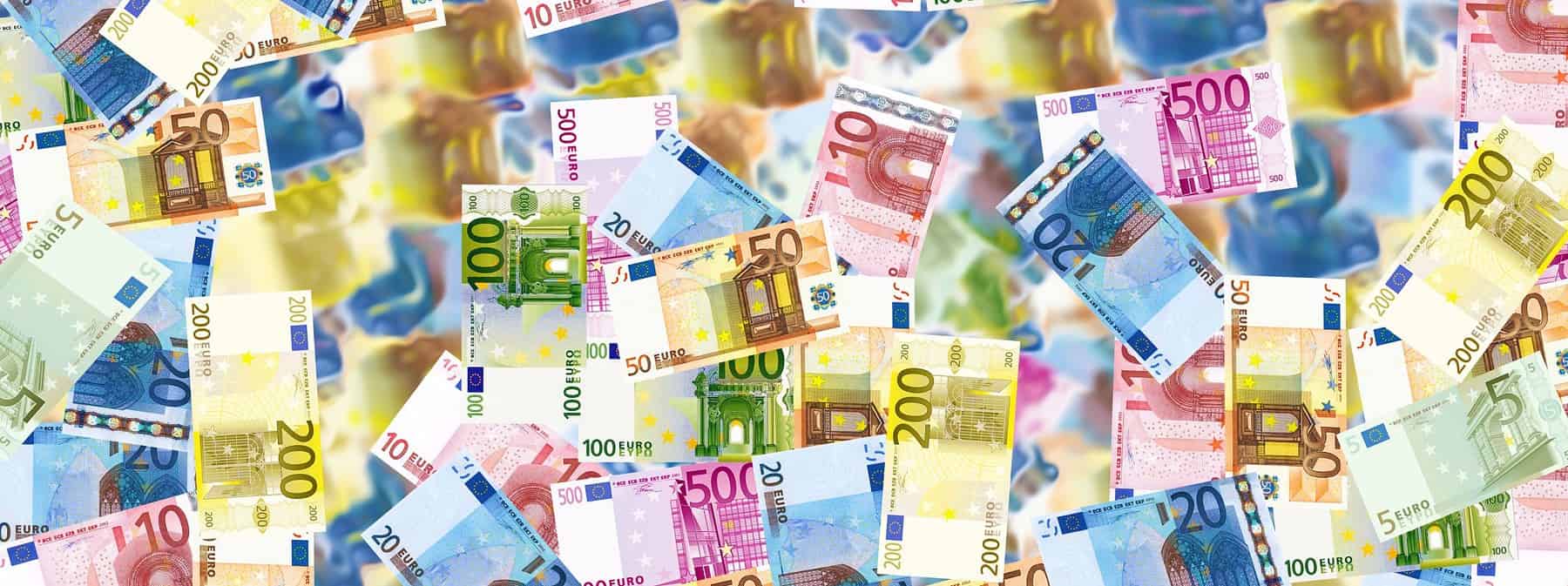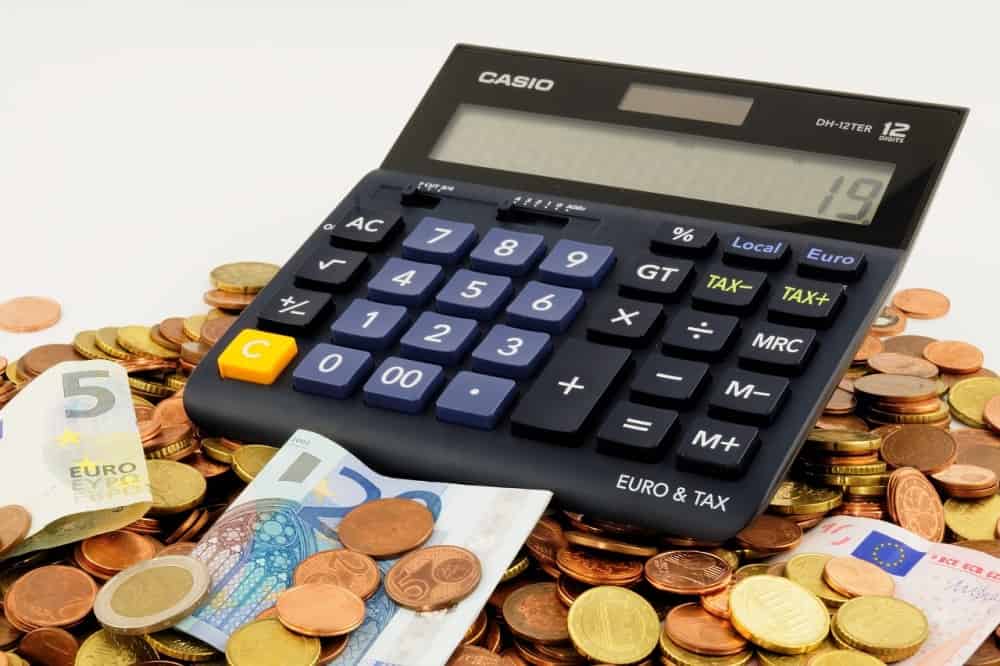If you’re planning a trip to Rome or another popular tourist destination in Italy, it’ll be important to consider exchanging some of your cash into the currency used throughout the entire country.
In this post, we’ll combine tips from our Rome tour guides with useful information about the type of money used in Italy to help you understand exchange rates, exchange locations, whether or not you can use credit cards, and more.
We’ll also provide some helpful advice from our Rome Travel Tips group on Facebook to give you a sense of what both locals and travelers feel about exchanging currency.
- What is the Currency
- Exchange Rates
- Cash vs. Credit Cards
- Exchange Locations
- Tips From Locals & Travelers
What Currency is Used in Rome and Italy
Like many European nations, the official currency of Italy is the Euro.
If you’re coming from another country in Europe, chances are you won’t need to do anything.
However, if you’re traveling from another part of the world, you might need to visit an exchange office.
That said, it’s worth noting that there is a law in Italy which requires all businesses to accept credit or debit cards, so it’ll really be up to you whether or not you want to get some cash.

Denomination of Euro Banknotes and Coins
- The Euro banknotes are available in denominations of €5, €10, €20, €50, €100, €200, and €500.
- The Euro coin series is available in denominations of 1c, 2c, 5c, 20c, 50c, €1, and €2.
One thing you absolutely need to understand is that a majority of businesses in Italy will not accept USD or other currencies.
While you might find a few places that will take your currency, you shouldn’t expect that to be the case.
This isn’t a problem for most travelers, as they can just use their credit or debit card, but if you are planning to use cash, it’ll be necessary to visit an exchange office.
Exchange Rates for the Euro
As with every form of currency around the world, the exchange rate depends on a variety of factors related to market conditions.
The top 3 most common conversions are from US Dollars, British Pounds, and Chinese Yuan.
As of December 2023, the following exchange rates apply for these currencies:
- $1 is equal to around €0.93 and $100 is equal to roughly €92.94
- £1 is equal to about €1.17 and £100 is equal to somewhere around €116.63
- ¥1 is equal to approximately €0.13 and ¥100 is equal to around €13.06

There are a few different places where you can exchange one currency for another in Rome.
Currency Exchange Offices: You’ll find these offices located in various key areas around the city, at the airport, and near major train stations as well.
It’s usually recommended to avoid the airport, because they usually offer the worst exchange rates.
Banks: You’ll find these located all over the city, dozens of them on or near Corso Vittorio Emanuele II. Banks usually offer a better rate than other locations.
ATMs: All ATMs in Rome will allow you to exchange whatever money you have in your bank account or on your credit card into Euros, and they usually provide reasonable exchange rates.
Hotels: Some hotels in Rome will offer currency exchange, but chances are their exchange rates will be very bad, so we recommend avoiding this option at all costs.
Cash vs Credit Cards
In the case of Rome, this question has a pretty easy answer: Yes, it is better to use credit or debit cards than to visit currency exchange offices in Rome.
It’s an easy conclusion to reach thanks to the law in Italy which requires all businesses to accept credit cards and debit cards.
In most cases, it’s entirely possible to travel to Rome without ever even touching a Euro.

That said, there are some cases where you might want to visit a bank or ATM and take out at least a few Euros.
For instance, if you plan to visit a small market where the businesses are less likely to accept credit or debit cards, it might make sense to bring some cash.
Of course, even some small market vendors in Rome will have a credit card reader, but why take a chance when you can just visit an ATM to be absolutely sure?
Keep Card Transaction Fees in Mind
Although it is very convenient to shop in Rome, as most businesses accept credit or debit cards, you can still expect your bank or credit card company to charge transaction fees for using your card in another country.
This will be a problem whether you use cards alone or decide to visit a currency exchange office or bank/ATM.
With that in mind, we suggest checking with your financial institutions to figure out which service offers the lowest transaction fees.
Best Places to Exchange Currency in Rome
There are 3 pretty good exchange offices in Rome. We recommend checking the exchange rate before choosing one in order to get the best deal.
Ria Exchange - Centrally located just a few blocks from the Pantheon at Piazza della Rotonda, 66, 00186 Roma RM, Italy.
If you want to check their exchange rates ahead of time, call them at +39 06 2039 3994 or visit their website at http://www.riamoneytransfer.com.
Rome Exchange - This office is fairly close to Villa Borghese at Via Francesco Crispi, 13, 00187 Roma RM, Italy.
In order to check their exchange rates before visiting, either call +39 388 115 1449 or visit their website at http://www.romeexchange.com.
Casa del Turista - You’ll find this exchange office right next to Termini Station at Via delle Terme di Diocleziano, 32 A, 00185 Roma RM, Italy.
For more details, call them at +39 06 474 4955.
Tips From Locals and Travelers
If you’re still looking for advice about when to exchange currency or where to do it, the users of our Rome Travel Tips group on Facebook have some very helpful tips to consider.
Our Facebook group is composed of both locals and travelers who have been to Rome, so they’re quite familiar with the subject.
Here are some of their more helpful suggestions.

As you can see, it’s pretty common for travelers to ask questions about currency exchange in our group, and a lot of members will offer helpful advice like this.
Päivi here notes that it does make sense to use both card and cash, if only to make sure that you can visit some of those smaller, more charming restaurants and cafes.

Todd also makes an excellent point, explaining that while he didn’t use much cash, it was handy at farmers markets.
A lot of taxi and rideshare services in Rome operate through apps, so you can use your smartphone to pay for your fare.
Reynald provides some really useful advice about when to exchange currency, noting that it doesn’t necessarily make sense to get Euros unless you’re going to be able to use them.

Another thing to keep in mind is how often you plan to use your card in Rome, because each payment will incur an additional fee from exchanging currency and/or using your card outside of its country of origin.
Some of our group members note that a good way to avoid the fees piling up is to exchange a lot of money at once so that you only have to pay fees once.
For even more helpful suggestions, make sure to read our Rome Travel Tips Facebook group.






